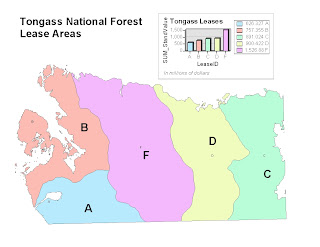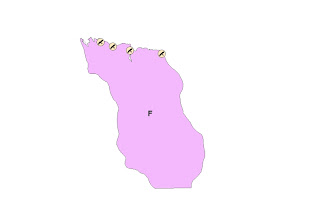Aldous Huxley said, "the mind is a reducing valve". In studying for the exam this Friday, I am struck by how maps are abstractions and reductions of reality. They are a metaphor for everything in life because everybody's experience at any moment of the day is just an abstraction of the reality. What we experience is just a tiny fraction of the complexity of all that is occurring at any moment. In map making we are forced to reduce. You could never make a map of all the detail that exists, and people don't want that. They want the complex boiled down to a subset of important features.
The confusion over 'large' scale vs. 'small' scale is understandable, but I think I have it straight in my mind now, but it still requires a conscious effort to overcome the instinctive impulse to assume that 'large scale' means a map that covers a large area (e.g. the entire U.S.) A large scale map covers a smaller area and has more detail than a small scale map. The words, large and small, refer to the ratio, or fraction. As in , 1/10th is larger than 1/1000th.
This confusion reminds me of when I worked in a payroll dept. We were paid twice a month and everyone called this the "bi-weekly" payroll. It drove me nuts because it should have been called "bi-monthly". Hard as I tried to change this usage, most people just resented me for it.




